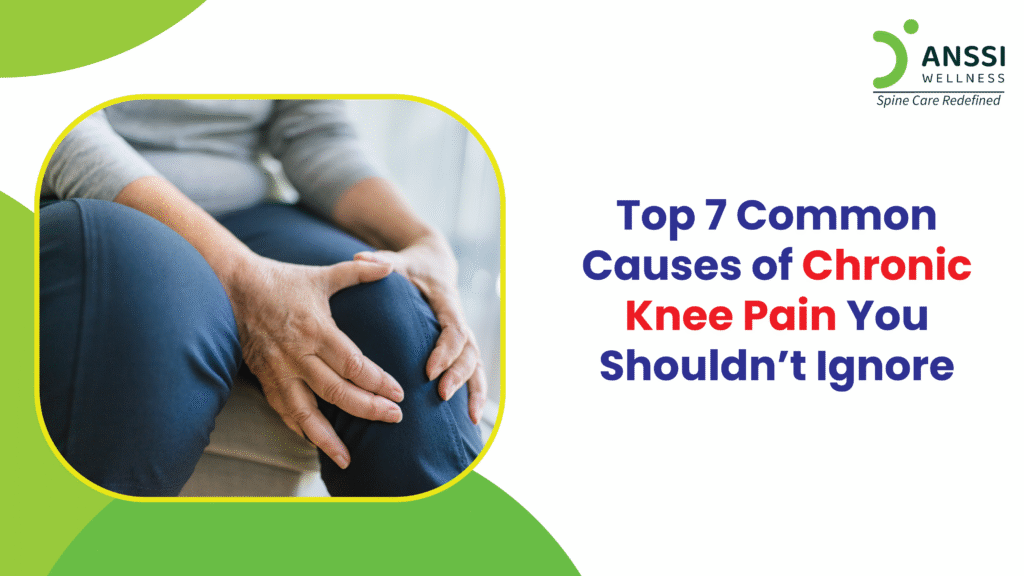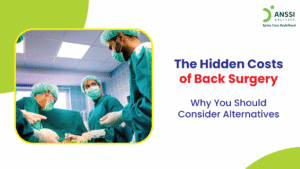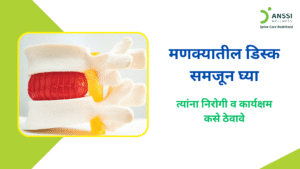Knee pain ranks among the most common musculoskeletal complaints, particularly as we age or live active lifestyles. Persistent knee discomfort can dramatically impact mobility, routine activities, and overall quality of life. While occasional soreness may not require concern, chronic pain lasting more than a few weeks warrants a closer look.
Understanding the most frequent causes empowers early intervention and effective relief.
1. Osteoarthritis
What it is: The most prevalent cause of chronic knee pain, osteoarthritis occurs when cartilage, the cushion between bones, gradually wears away.
Symptoms: Stiffness (especially in the morning), swelling, and a grinding sensation during movement.
Why it hurts: As cartilage thins, bones rub against each other, compressing surrounding tissues and triggering inflammation.
What to do: Weight management, low-impact exercise like swimming or walking, strengthening routines, and physiotherapy can slow progression.
2. Rheumatoid Arthritis (RA)
What it is: RA is a systemic autoimmune condition that attacks joint linings, frequently affecting both knees symmetrically.
Symptoms: Chronic swelling, tenderness, joint warmth, and morning stiffness lasting over an hour.
Why it hurts: Persistent inflammation damages cartilage and bone surfaces.
What to do: Early diagnosis and medical treatment (DMARDs, biologics) are vital. Gentle movement, ice therapy, and stress reduction can help manage symptoms.
3. Ligament Injuries (ACL, MCL, PCL)
What it is: Tears or sprains of stabilising ligaments occur during sudden twists, falls, or sports impacts.
Symptoms: Acute pain, swelling within hours, and a feeling that the knee has become unstable.
Why it hurts: Ligaments support joint stability, while injuries cause abnormal movement and pain.
What to do: Rest, ice, compression, and elevation, followed by physiotherapy. Surgery may be needed for severe tears.
4. Meniscus Tears
What it is: The meniscus is a C-shaped cartilage shock absorber. Tearing often occurs due to twisting or degenerative changes.
Symptoms: Locking, catching, joint pain, and swelling over days.
Why it hurts: Fragments of torn meniscus irritate the joint lining.
What to do: Many tears heal with rest and rehab. However, persistent cases may need minimally invasive surgery.
5. Patellar Tendinitis (Jumper’s Knee)
What it is: Inflammation of the tendon connecting your kneecap to the shin, common among athletes and runners.
Symptoms: Pain below the kneecap, aggravated by jumping or climbing stairs.
Why it hurts: Repetitive stress causes micro-tears and triggers inflammation.
What to do: Scaling back activity, icing the area, targeted physiotherapy, and supportive taping.
6. Bursitis
What it is: Bursa is a fluid-filled sac that cushions areas of friction around joints. Repeated pressure can inflame it.
Symptoms: Tender lump near the kneecap (prepatellar bursitis) or inside the joint, with swelling.
Why it hurts: Inflamed bursae inflame tissue layers, causing pain.
What to do: Rest, ice, anti-inflammatories, knee pads, and in resistant cases, draining or steroid injections.
7. Gout or Joint Infections
What it is: Sudden gout flare-ups from uric acid crystals or infections that target the knee joint.
Symptoms: Severe pain, redness, swelling, heat, and sometimes fever.
Why it hurts: Sharp inflammation from crystalline deposits or bacterial activity.
What to do: Gout responds to medication and dietary changes. Infections require urgent medical attention, antibiotics, or drainage.
When to See a Doctor
Don’t delay seeking help if you experience:
- Severe swelling or redness
- Inability to bear weight
- Sudden locking or instability
- Fever with joint pain
These symptoms could signal serious damage, infection, or systemic illness.
Treatments That Work
Physical Therapy and Exercise: Focus on strengthening knees, hips, and core to reduce stress on joints.
- Medication: Non-steroidal anti-inflammatory drugs (NSAIDs) help control pain, while more advanced cases may need corticosteroids or RA-specific biologics.
- Orthotics and Braces: Support to offload stress from damaged knee areas.
- Lifestyle Adjustments: Healthy weight, low-impact activities, and supportive footwear.
- Non-Surgical Knee Decompression Treatment: The application of precise and targeted pressure encourages healing in the knee.
With the right treatment plan, chronic knee pain can be managed successfully, helping you to keep moving comfortably.
About ANSSI:
ANSSI Wellness focuses on improving the quality of life for patients suffering from knee issues, aiming to provide relief where other conventional treatments have failed. Through advanced non-surgical knee decompression treatment, ANSSI is committed to helping patients avoid surgery and recover in a safe, effective, and compassionate environment.
Connect with ANSSI Wellness on LinkedIn, Instagram, and Facebook for expert guidance.



